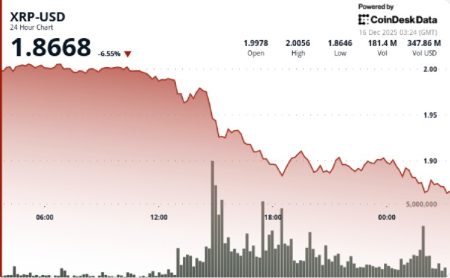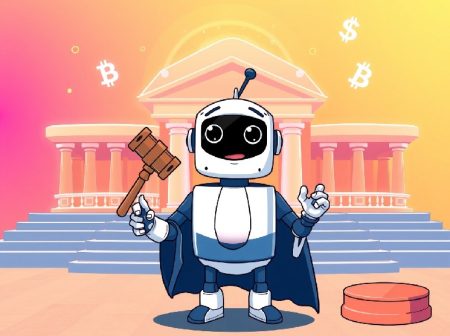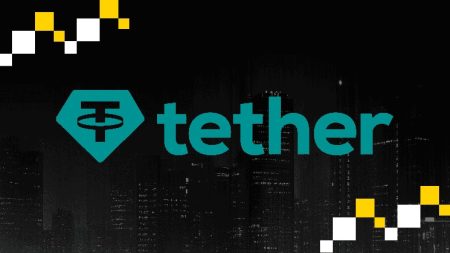Clanker Revolutionizes Platform Economics: Transfers All Transaction Fee Control to Creators
In a Bold Move, Decentralized Platform Shifts Revenue Model to Empower Content Creators and Communities
In a significant shift that could reshape the economics of decentralized content platforms, Clanker has announced a radical overhaul of its transaction fee structure, placing unprecedented control directly in the hands of content creators. Beginning November 13, 2025, the platform will permanently transfer control of all fees collected in CLANKER tokens to the platform’s content creators, allowing them to either claim these fees as income or burn them to reduce the overall token supply. This strategic move represents one of the most creator-centric approaches in the decentralized platform economy to date.
The announcement, which came through Clanker’s official channels, positions this change as a natural evolution aligned with the platform’s recent projects and community-focused ethos. “By transferring fee control to creators, we’re enabling communities to develop more flexible and responsive growth models,” said a representative in the company’s statement. This restructuring appears to be part of a broader strategy to differentiate Clanker in an increasingly competitive landscape of decentralized platforms, where creator economics and governance models are becoming key differentiators for user acquisition and retention.
Financial Transparency and Token Holdings Revealed as Part of Strategic Shift
In a rare display of financial transparency, Clanker disclosed that it currently holds over 1% of the total CLANKER token supply. According to detailed figures released alongside the announcement, the platform acquired 2,233 CLANKER tokens in recent transactions, with 1,644 coming through protocol fees and 589 through liquidity fees. This brings Clanker’s total holdings to 10,349 CLANKER tokens. Market analysts suggest this disclosure serves dual purposes: demonstrating the platform’s significant stake in its own ecosystem while illustrating the potential value being transferred to creators through the new fee structure.
The move comes amid growing discussions in the broader digital economy about fair compensation for content creators, who often find themselves receiving only fractional benefits from the value they generate. By redistributing fee control, Clanker appears to be addressing this imbalance directly, potentially setting a new benchmark for creator economics in decentralized platforms. Industry experts note that this model could prove particularly attractive for high-value creators who have historically been limited in how they can monetize their contributions on conventional platforms.
Fee Structure Overhaul: Dramatic Reduction and Simplified Model Benefit Both New and Established Projects
One of the most substantial changes highlighted in the announcement is the significant restructuring of Clanker’s fee architecture. Previous iterations of the platform (versions 3.1 and earlier) imposed fees that could reach up to 0.6%, charged on both WETH and project tokens. The new v4 implementation dramatically reduces this to a streamlined 0.2% fee exclusively charged on WETH transactions. This represents not only a substantial reduction in overall fees but also a simplification that may prove more attractive to users and project developers alike.
“This update creates a more equitable structure by reducing the fee gap between old and new projects,” the platform stated in its announcement. Industry observers note that this approach could help level the playing field between established projects with entrenched user bases and emerging creators looking to build momentum. The simplified fee structure may also provide greater predictability for financial planning, especially for creators operating with thin margins or in early stages of community building. By charging fees only on WETH rather than on both currencies in a transaction, Clanker has effectively reduced the friction and complexity that often accompanies token exchanges on decentralized platforms.
Strategic Implications: Balancing Platform Sustainability with Creator Empowerment
Despite the radical redistribution of fee control, Clanker has strategically maintained certain financial mechanisms to ensure platform sustainability. According to the announcement, purchases made for the CLANKER token itself will continue to be funded solely by WETH fees. This carve-out suggests a carefully considered approach to balancing creator empowerment with platform viability, ensuring that core token functions remain supported while still delivering on the promise of creator control.
Financial technology analysts point out that this model represents an interesting experiment in decentralized economics. By allowing creators to either claim or burn fees collected in CLANKER, the platform has essentially created a self-regulating mechanism for token supply management. Creators who choose to burn their fees would effectively be investing in the long-term value of their remaining tokens by reducing overall supply, while those who claim them gain immediate liquidity. This optionality gives creators unprecedented flexibility in managing their relationship with the platform’s economy, potentially allowing for diverse strategies tailored to individual creator needs and community growth stages.
Market Response and Future Outlook: Setting New Standards for Creator Economics
Early market response to the announcement has been cautiously optimistic, with industry observers noting that Clanker’s approach could establish new standards for how decentralized platforms share value with their content creators. The move comes at a time when creator economics are increasingly under scrutiny across both traditional and Web3 platforms, with growing demands for more equitable distribution of revenue between platforms and the creators who populate them with valuable content.
Looking ahead, the success of this model will likely be measured not only by creator retention and satisfaction but also by the overall health of the CLANKER token economy. If creators predominantly choose to claim rather than burn fees, the model could potentially lead to increased selling pressure on the token. Conversely, if a significant portion opt for burning, it could create deflationary pressure that benefits long-term holders. As November 2025 approaches, all eyes will be on Clanker to see if this radical experiment in creator economics delivers on its promise to create more vibrant, creator-controlled communities. While the company explicitly notes this announcement is not investment advice, it undoubtedly represents one of the most interesting case studies in decentralized platform economics to emerge in recent years.















